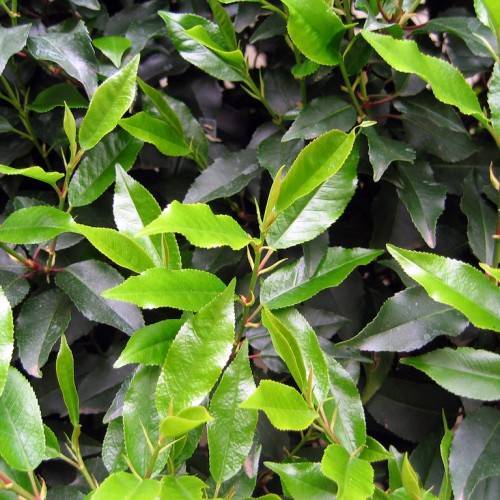
Portugal laurel
Prunus lusitanica
Cycle:
Perennial
Watering:
Frequent
Hardiness Zone:
5
Flowers:
Flowers In Spring
Sun:
Full sun
Soil:
Well-drained
Fruits:
Fruits In Summer Ready In Summer
Leaf:
Yes
Growth Rate:
High
Drought Tolerant:
Yes
Salt Tolerant:
Yes
Thorny:
Yes
watering
When watering your Pissard plum plant, it's important to do so carefully and with moderation. The soil should remain moist, but not overly wet. Water your plant every 5-10 days during hot, dry summer days and every 2 weeks for the rest of the year. When watering, make sure to moisten the entire root system, taking care to not overly saturate the soil. After watering, allow excess water to drain out of the container.
sunlight
Pissard plum (Prunus cerasifera 'Pissardii') is best grown in a location with full sun exposure for a minimum of 6 hours each day. Morning sunlight is particularly beneficial and helps keep leaves dry, while afternoon light encourages more flowers and fruit production. Without these necessary hours of direct sun, they are more likely to suffer from disease and their fruit production will be significantly reduced. During the summer months, the plant will need extra shade during the day to prevent sunburn or leaf scorch.
pruning
Pissard plums can be pruned as needed throughout the year to maintain desired shape and size. However, major pruning should be done in late winter while the tree is dormant. Remove any dead or damaged branches, and thin any overgrowth. Also, any branches that interfere with the shape of the tree should be removed. Pruning should be done selectively to keep the natural shape and size of the tree. Avoid pruning more than 25% of the tree because this could stimulate excessive sucker growth.
